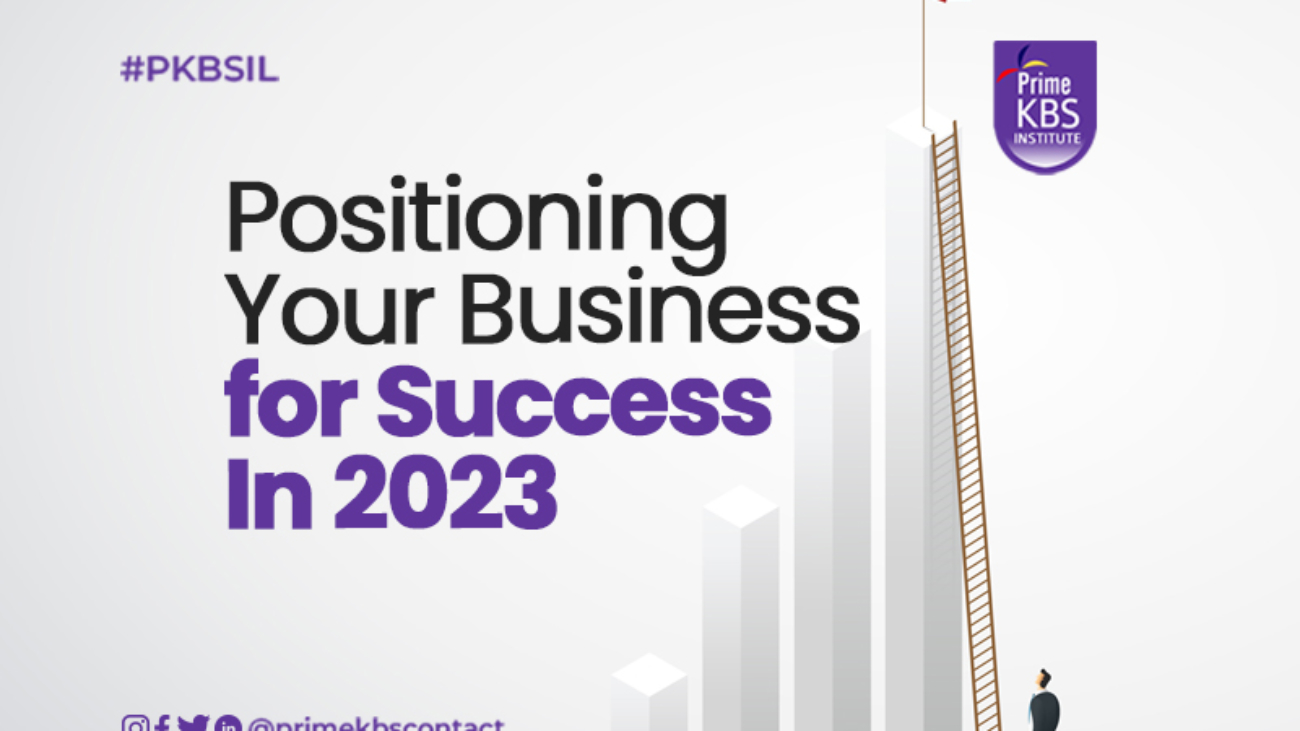What Is Workplace Nepotism?
Nepotism in the workplace, derived from the Italian word for nephew, refers to hiring and promotion decisions that favor relatives. The term was coined by Catholic Popes, who frequently appointed their nephews to high-ranking and important positions in the church.
Today, nepotism is still prevalent in many fields, including business, politics, and sports. There are two types of workplace nepotism: hereditary (appointing family members and relatives to positions) and matrimonial (appointing an employee’s spouse to the same organization or department where the employee already works).
Nepotism in organizations can have both positive and negative consequences. On the plus side, nepotism can foster loyalty and trust within an organization.
On the other hand, Nepotism is mostly negative because it can breed resentment and distrust among team members who believe they were passed over for a promotion because they are not the boss’s relatives or family.
According to Wikipedia, nepotism is the practice of those in positions of power or influence favoring relatives or friends, particularly by hiring them. This practice has become so common in the country that each zone has its own name for it, but the general term is “Man-know-man” or “I M.” In fact, there is an old adage that goes, “If an abomination remains for too long, it becomes part of the people’s culture.” In today’s Nigeria, nepotism has become part of the unwelcome culture, particularly when it comes to political patronage. Unfortunately, some people have been forced to accept it without question.
Nepotism promotes laziness because if a young man realizes that, whether he works hard or not, there is a job waiting for him somewhere due to his father or mother’s success, he will ask himself, “What then is the need to work hard?” But, for a young man who understands that he has no firm anchor or support from anyone or community; who understands that his destiny is in his own hands; who understands that if he does not deny himself some pleasure even when his peers are enjoying, his hope of a better tomorrow becomes a pipe dream if he does not move from his comfort zone to shape his tomorrow.
However, when he works harder to get his due, nepotism will only deny him that unless he demonstrates stubborn resilience by going the extra mile to satisfy the law of extra miles before it sparks divine intervention in his favor.











